Saffron planting and sharing
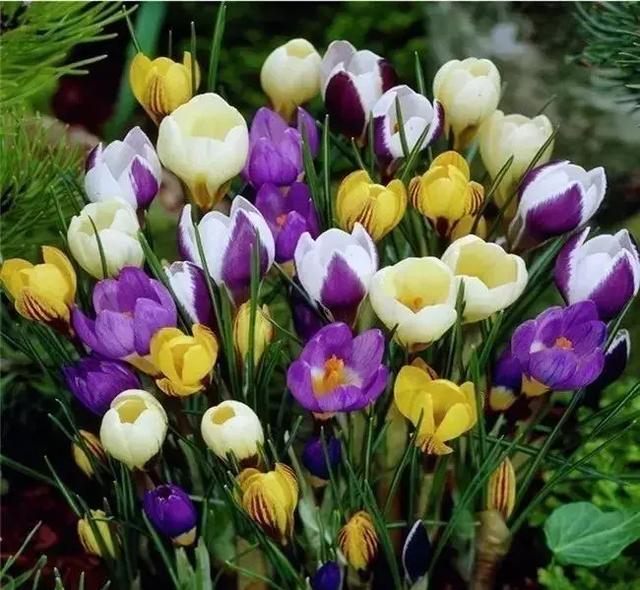
Saffron planting and sharing
(share the story of the gardener)
Saffron-grape hyacinth
1: clean the bulb to check whether the bulb is healthy, cut off the decayed and dry roots, if there is mold, soak in 1000 times carbendazim for 30 minutes and leave it in a cool and ventilated place to dry.
2: the preparation work suggests that 5-7 balls should be planted in a 15-18cm flowerpot and choose loose, breathable and fertile soil.
3: put some ceramsite at the bottom of the upper basin for drainage, pour in some media, plant the buds upward, and cover the sphere with soil 2-5cm.
4: after watering the seed, pour thoroughly, if you follow the watering, you can see the dry and wet, do not water too much, otherwise the sphere will rot.
5: after the maintenance and planting is completed, it is first cultivated outdoors, and then moved indoors after rooting, the room temperature is slightly higher than the outdoor temperature, and it can blossom with sufficient light. . After the grape hyacinth is planted, it should be placed in a cool and shady place to facilitate the growth of roots. After the leaves unfold, move to a sunny or semi-shaded place for normal management.
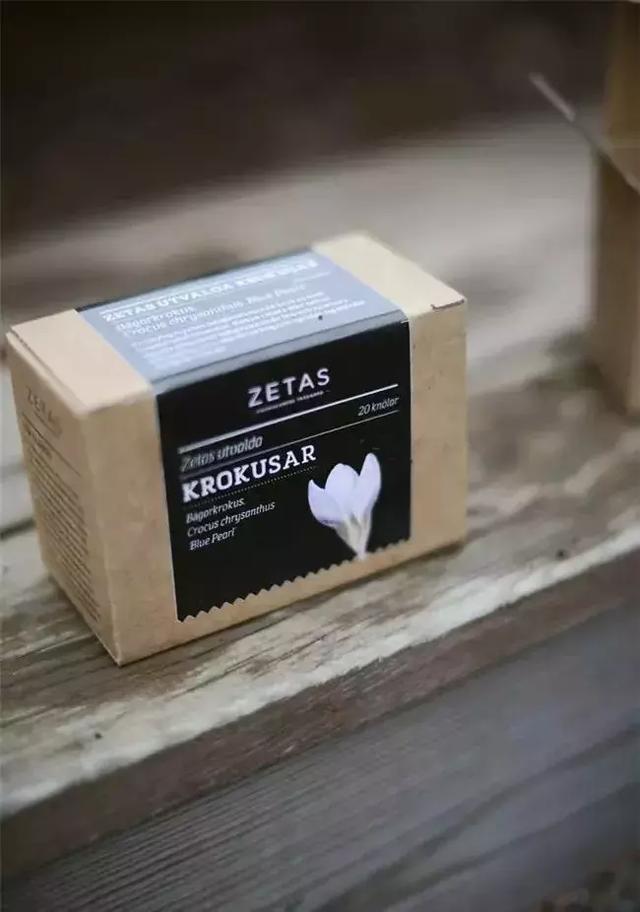
Saffron planting and sharing
(share the story of the gardener)
The flower stem is very short and does not protrude from the ground; flowers 1-2, light blue, reddish purple or white, fragrant, 2.5-3 cm in diameter; perianth lobes 6-round, arranged in 2 rounds, inner and outer perianth lobes Obovate, apex obtuse, 4-5 cm long; stamens erect, 2.5 cm long, anthers yellow, tip pointed, slightly curved Style orange-red, ca. 4 cm, distally 3-branched, branches curved and pendulous, stigma slightly flat, tip cuneate, shallowly toothed, longer stamens, ovary narrowly fusiform. Capsule ellipsoid, ca. 3 cm.
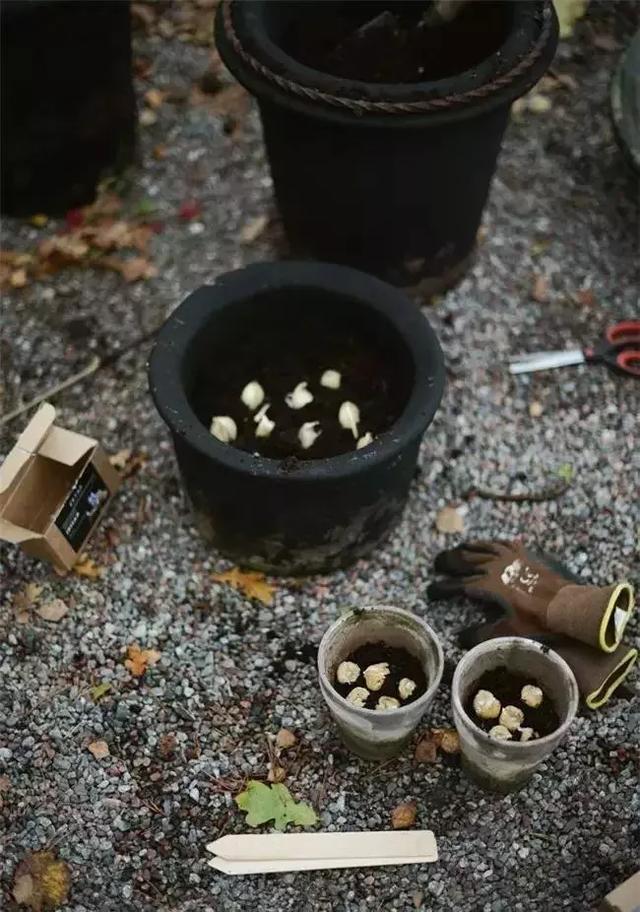
Saffron planting and sharing
(share the story of the gardener)
Flowerpot choice, 15 to 18cm flowerpot, it is recommended to plant 5 to 7 balls, avoid small balls and large pots. Otherwise it will accumulate water and rot the ball.
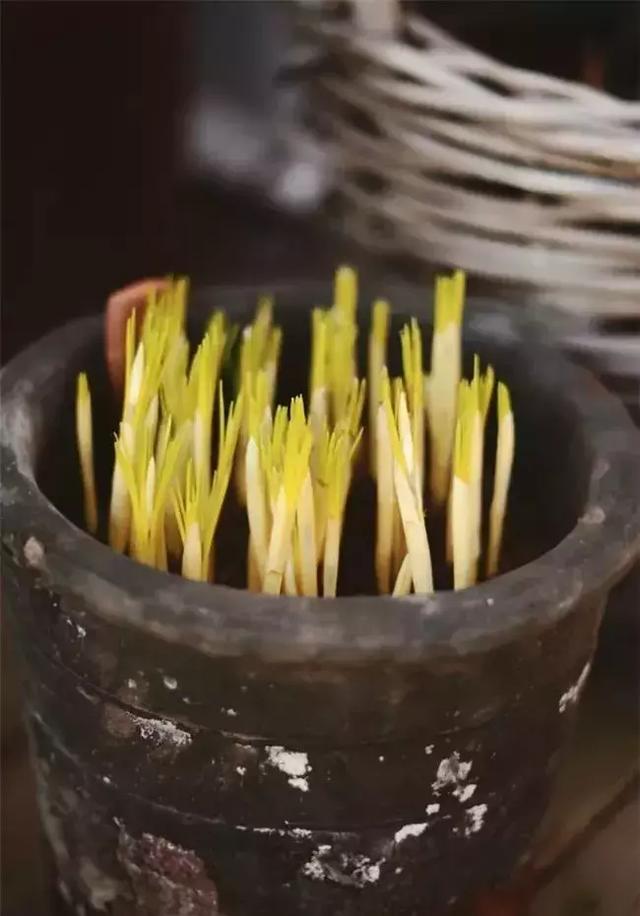
Saffron planting and sharing
(share the story of the gardener)
After planting, put it outside for maintenance. It takes root after about two weeks and moves to a place with sufficient indoor light and fresh and moist air. New Year's Day can blossom before and after.
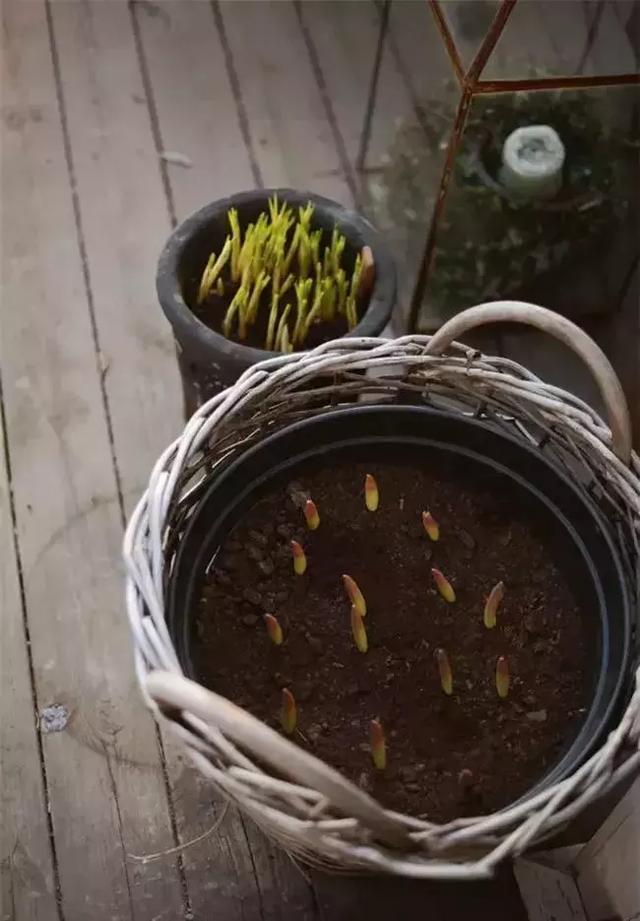
Saffron planting and sharing
(share the story of the gardener)
Saffron peanuts are in winter and spring when there is little rain for a long time, so special attention should be paid to irrigation. Seedlings emerge about 20 days after planting, and water is irrigated once before emergence to facilitate seedling emergence. Pour anti-freezing water once before winter to increase the ground temperature. Water is watered once in mid-April to reduce the harm of dry and hot wind.
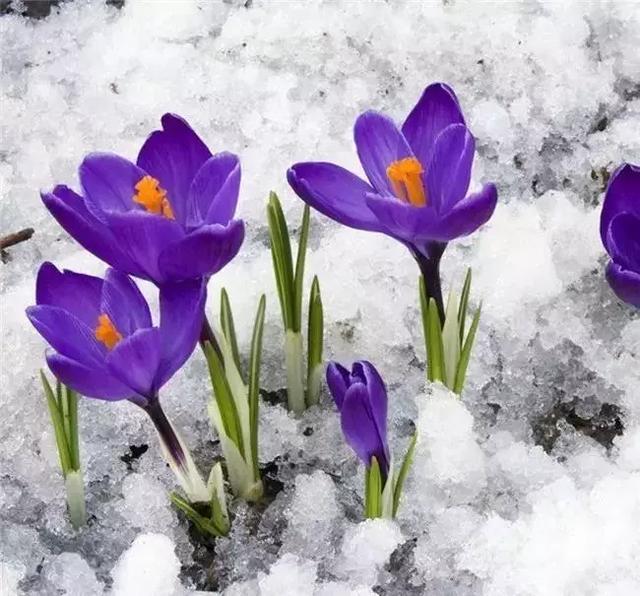
Saffron planting and sharing
(share the story of the gardener)
Before planting, organic fertilizer should be applied thoroughly, such as cake fertilizer, stable fertilizer, burning soil, plant ash, chicken and duck manure, etc., and some calcium superphosphate should also be applied; after taking root and taking leaves, nitrogen and phosphorus balanced dilute liquid fertilizer can be applied every 10 days, such as adding appropriate amount of potassium dihydrogen phosphate to the retting cake fertilizer solution, until the flower is removed and the bud shows color. Avoid too much or too concentrated nitrogen fertilizer, otherwise it will cause excessive growth of leaves and affect the growth of flower buds; at the end of seedling and flower blooming, 1500 kg of human feces and urine per mu or appropriate amount of chemical fertilizer should be applied to promote the early development of seedlings. The amount of topdressing was determined according to the growth of seedlings in spring. After flowering in October, the balanced available fertilizer of nitrogen, phosphorus and potassium should be applied once or twice to facilitate the growth and development of the corm, so that the corm can store enough nutrients for more flowering and good flowering in the coming year. In the middle and late December, sprinkle a layer of horse dung between the border plants, and then cover a small amount of soil to increase fertility and heat preservation and anti-freezing.
Saffron planting and sharing
(share the story of the gardener)
In order to ensure that the plant can blossom more and flourish, when it is found that there are too many lateral buds on the plant, part of the small buds can be broken off to ensure that the main buds can blossom more and bloom; in the process of growth and development of saffron, stagnant water must be discharged in time, especially in the continuous autumn rain season, otherwise it is easy to form stagnant water in the seedling bed, resulting in corm rot, resulting in undue economic losses. In case of autumn drought, the seedbed should also be loosened and watered to keep the soil moist. After the seedlings were inserted into the soil with a small bamboo knife, the small lateral buds in the outer circle of the plant were removed, and each plant retained 2-4 clumps of larger leaves in the center, in order to increase the income of the big corm in the next year. The bulb expands rapidly from February to April, so we should loosen the soil and weed in time.
Saffron planting and sharing
(share the story of the gardener)
From late April to early May, the aboveground branches and leaves of saffron gradually turn yellow, so you can dig carefully from one end of the border with an iron rake. After digging out, remove the residual roots of branches and leaves, dry them in the field for two days, and then collect them in the storage room. When collecting and storing, it is necessary to divide the plants according to the standards of healthy disease, complete loss and size, and store them by category. The storeroom should be less light, cool and ventilated, the ground had better be muddy, and the interior should be kept dry.
- Prev
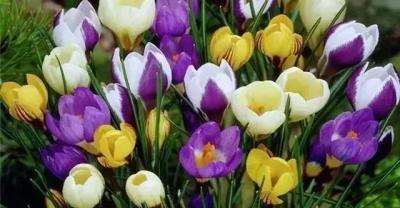
How to grow bletilla under the forest?
1. Woodland selection Bletilla striata has the habit of suitable shade and wet, not tolerant of waterlogging, which is very suitable for planting under the forest. In the annual average temperature of 15-20℃, annual rainfall of more than 900 mm...
- Next
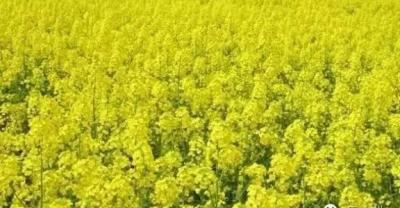
Planting method of Rosemary
Rosemary is a versatile herb that can be used as an ingredient, processed into perfume, soap, and deworming potions. Since the function.
Related
- Fuxing push coffee new agricultural production and marketing class: lack of small-scale processing plants
- Jujube rice field leisure farm deep ploughing Yilan for five years to create a space for organic food and play
- Nongyu Farm-A trial of organic papaya for brave women with advanced technology
- Four points for attention in the prevention and control of diseases and insect pests of edible fungi
- How to add nutrient solution to Edible Fungi
- Is there any good way to control edible fungus mites?
- Open Inoculation Technology of Edible Fungi
- Is there any clever way to use fertilizer for edible fungus in winter?
- What agents are used to kill the pathogens of edible fungi in the mushroom shed?
- Rapid drying of Edible Fungi

